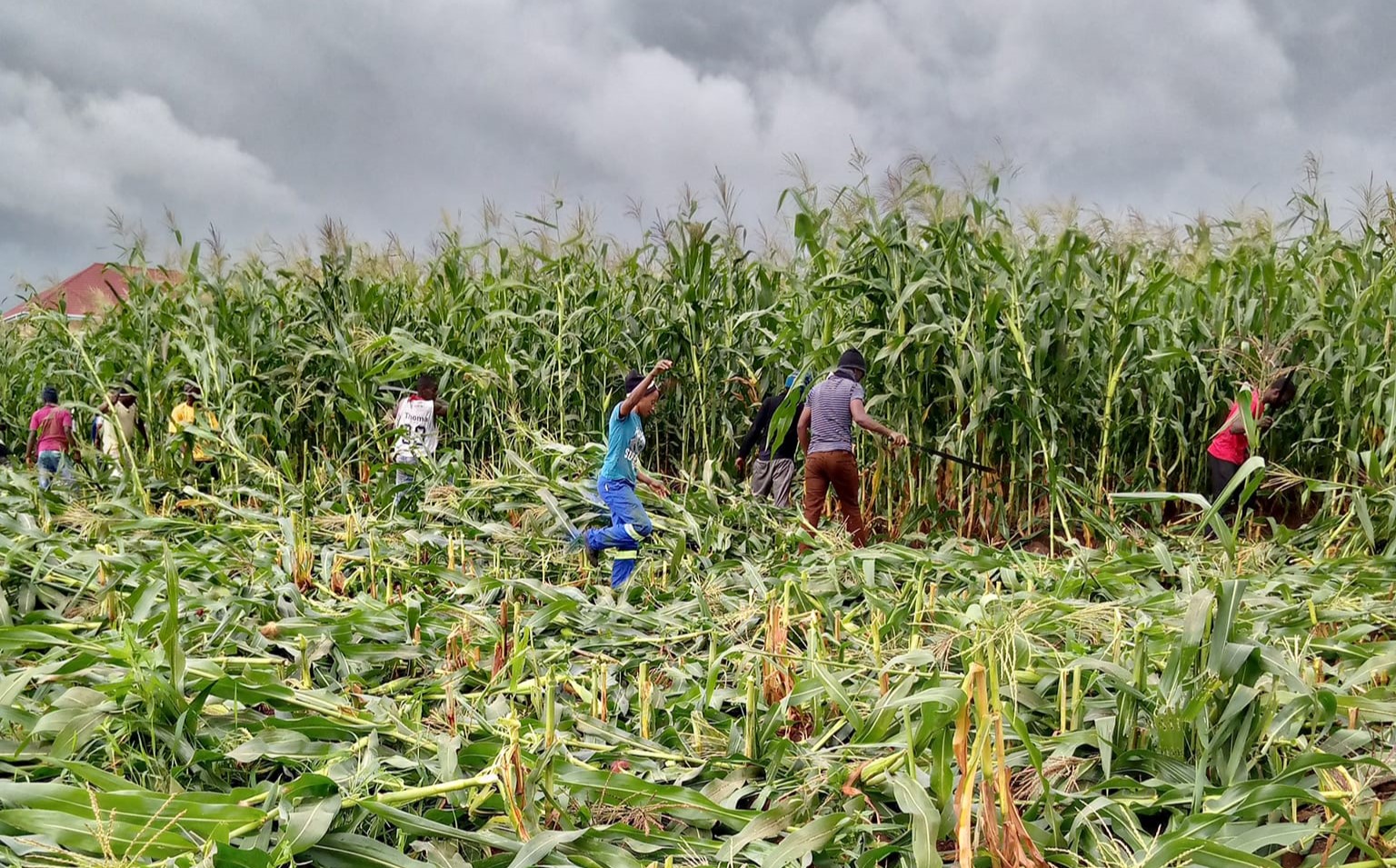Economic fundamentals still stable, but risks rising
Malawi’s economic fundamentals remain stable generally despite a few setbacks and overall image/perception issues that appear to be crowding out fairly positive news on economic stability.
Inflation is easing back to comfortable single digit levels after threatening to return to double digits in the first quarter of the year.
In May this year, headline inflation retreated to 8.9 percent from 9.7 percent in April 2018, a much better position than the 12.3 percent that was recorded at the same time last year.
What is encouraging about the current inflation trend is that it is not just food inflation that is driving down the general rise in prices, but also non-food inflation.
In May, food inflation softened to 9.5 percent from 10 percent in April while non-food inflation slid to 8.4 percent from 8.9 percent over the period. That points to a broad slack to the speed at which prices are rising. The low inflation has helped to keep interest rates at one of the lowest levels in years. The kwacha has also maintained its cool against major trading currencies.
But risks remain, especially to inflation. While the availability of food is likely to keep a lid on inflationary pressures because of the commodity’s heavy influence on Malawi’s consumer price index, the fact is that crop output for this year remains lower than the past season.
Eventually, food shortages might spread, especially in the central and southern regions of the country, which will exert pressure on prices, particularly beginning September this year up to January next year.
Granted, government is stocking grain at the National Food Reserve Agency (NFRA) and Agricultural Development and Marketing Corporation (Admarc) to offload into the market during hard months, but there is no guarantee that this would be enough to keep headline inflation at bay and maintain stability.
Moreover, I suspect that the reason non-food inflation is behaving is that for a long time now, the Malawi Energy Regulatory Authority (Mera) has not raised fuel prices.
But as major global oil producers embark on production cuts and rising geopolitical turmoil worsens in the Middle East, Capital Hill may not have the ammunition to hold fuel prices anymore, even with the oil price war chest that is the price stabilisation fund.
There is also the weight of tariff increases for main utilities such as water and electricity that are underway and what I still consider unreasonable demands for salary increases across the public service that are likely to inject more stress on money supply levels.
And this being an election year, government spending is likely to shoot through the roof as public resources are used to prop up the performance of the ruling party so that it remains in power.
Thus, the budget deficit that Finance, Economic Planning and Development Minister Goodall Gondwe estimates to slightly drop to 3.8 percent in the current fiscal year from 3.9 percent of gross domestic product in the past financial year, could just turn out to be another meaningless projection.
It is mostly because of some of these risks that the Reserve Bank of Malawi (RBM) is proceeding with caution on monetary policy, maintaining the benchmark policy rate at 16 percent, a position market analysts expect the central bank to cling to up to around February next year.
Monetary authorities are certainly wary of adding liquidity into an economy that is likely to be flash with it by further cutting interest rates, especially when the upside to such a decision is murky given how jittery the private sector is to borrowing for investments with so much political uncertainty.
The good news is that the kwacha is likely to remain steady throughout this calendar year as foreign exchange from tobacco and other inflows continue to prop up the local currency. However, weak terms of trade and insufficient foreign direct investment flows will continue to hurt the kwacha in the medium to long term. The economy will not grow as much as the seven percent that government expected and that will have a dampening impact on jobs and private investment.
Real GDP growth is expected to range between 3.6 percent and 4.5 percent, according to several forecasts as output in the agricultural sector shrinks.
This growth range is not too far from the regional average, but for a country that needs to sharply cut its poverty levels and narrow the gap between the rich and the poor, it must do better than that—in fact, it must push its GDP growth rates beyond six percent.
Indebtedness is one of the major risks. Malawi’s total public debt—both external and internal—stands at around K2.5 trillion, which is roughly 53 percent of GDP.
This situation is heading to unsustainable levels and means that a huge chunk of the country’s resources will go towards debt servicing at the expense of public investments and improved service delivery.
So, the administration maybe right to boast about low inflation and interest rate levels and the stability of the exchange rate, but these could be unsustainable gains if government does not hedge against the risks discussed here.



